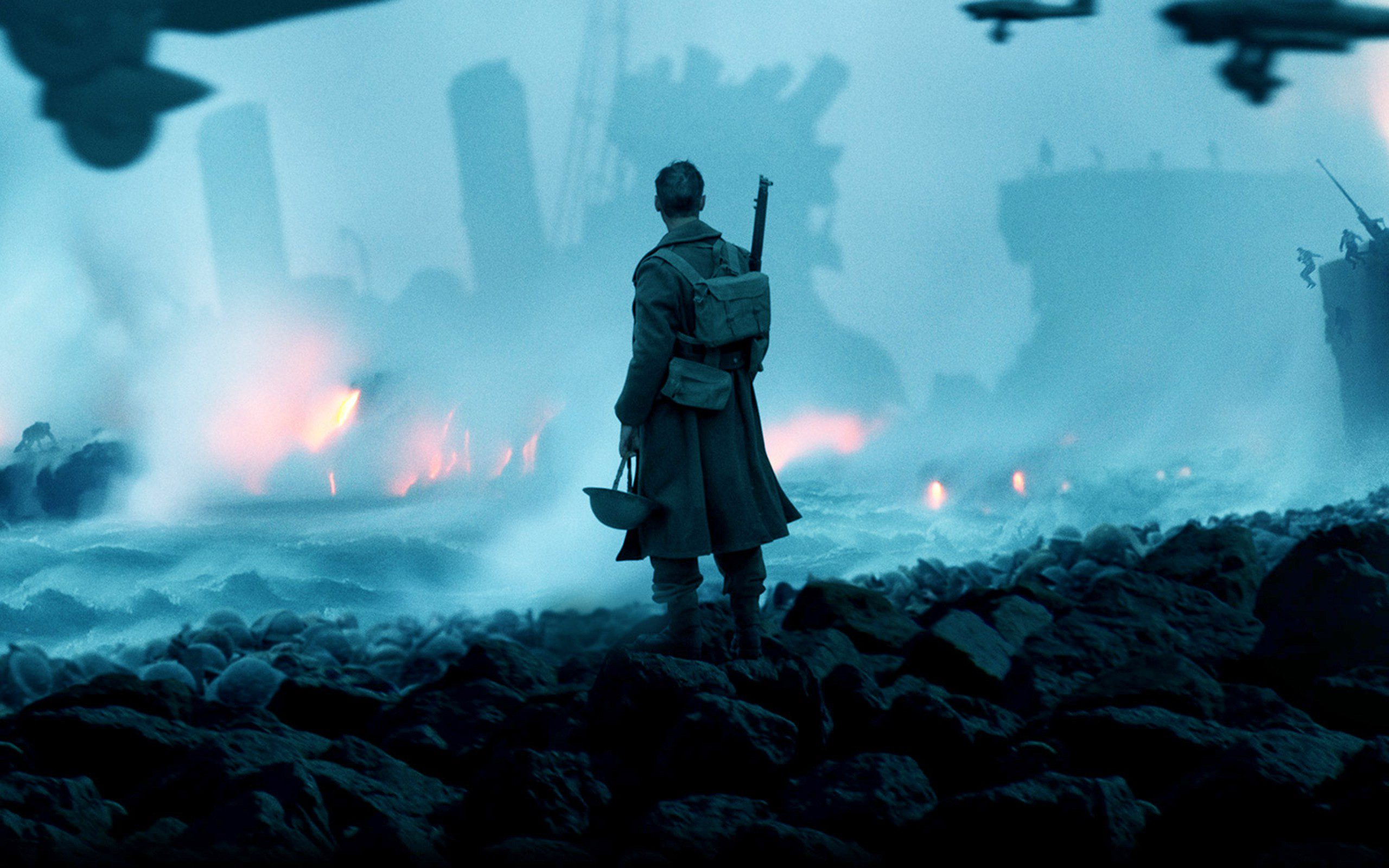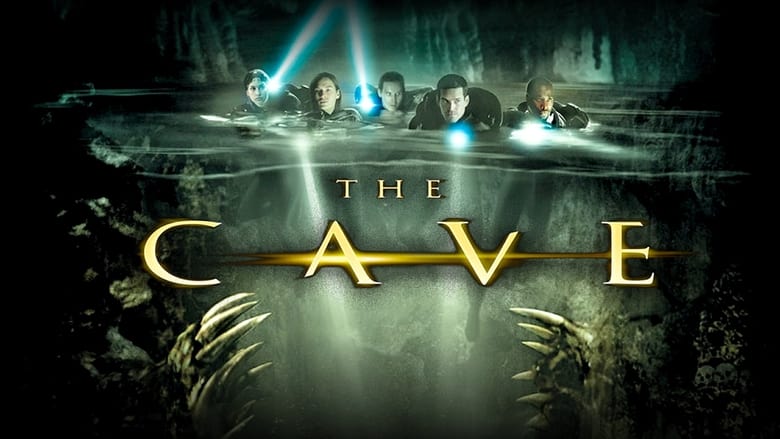There are few, if any, directors working today who operate on the same scale as Christopher Nolan. At his best, Nolan makes bombast feel intimate, and while some of his detractors are left cold by his work, I would argue that that is almost the point – he aims not for wonder but for awe; he’s more Kubrick than he is Spielberg. The fact that Nolan has such an impressive track record is a testament to the man’s surety behind the camera, and nowhere is that more evident than in his latest, Dunkirk. At a trim 107 minutes, Dunkirk defies the conventional wisdom that all modern war movies must run over two hours (it’s also Nolan’s second-shortest film, after his 70-minute debut Following). This is a lean film, war stripped down to one hellish operation. It engages with humanity better than Interstellar does, and it’s a more immersive experience than Inception. Those are both films I like quite a bit, so what I guess I’m trying to say is: Dunkirk is something of a masterpiece.
Dunkirk has an impressively lean structure for a war film. The Nazis have surrounded British and French soldiers in France, pushing them to the beaches of the titular city, and the Allied forces have to attempt an evacuation of 400,000 men while under fire from soldiers, U-boats, and planes. With such a large expanse of land at his disposal, Nolan counter-intuitively shoots in claustrophobic tight spaces: a cockpit, a yacht, a crowded dock. At the same time, he operates on a macro, not micro, level; many characters are unnamed through the film, and the script, also by Nolan, was only 76 pages long. Dunkirk is presented as a triptych, showing the evacuation from the air, the land, and the sea, and it is never less than riveting.
In a film with precious little dialogue or character development (Tom Hardy, arguably the biggest-name actor in the cast, has less than ten lines and spends most of the film with his face in a mask), Dunkirk lives and dies on its performances, which are solid across the board. There’s no weak link here. Fionn Whithead plays the soldier Tommy; if Dunkirk has a lead actor, it’s Whitehead, and he, like Hardy, speaks very little. But Whitehead is able to easily convey Tommy’s desperation and determination, and to the film’s credit it never threatens to make him into a hero. Hardy, as the pilot Farrier, acts mostly with his eyes.
This is the second time that Nolan has covered Hardy’s face for almost an entire film (after The Dark Knight Rises), and one wonders if he takes perverse joy in masking one of our handsomest, most expressive actors, or if he just knows Hardy can sell any role with his eyes alone. I suspect it’s the latter. Farrier, too, could be turned into a hero character, but Hardy plays him as a man just doing his job, without crossing over into hokey lantern-jawed Gary Cooper territory. Lastly, Mark Rylance plays Dawson, a civilian sailing his yacht Moonstone across the English Channel to help with the evacuation. Rylance, one of the most watchable actors in film today, once again showcases the basic dignity and strength of character that won him an Oscar for Bridge of Spies.
Elsewhere, the cast is filled mostly with unknown actors (along with small roles filled by Cillian Murphy and Kenneth Branagh, both excellent), all of whom handle themselves nicely. The only potential distraction here is Harry Styles, who honestly gives an amazing performance. If I saw Dunkirk before I knew Styles was in a boy band, I’d be heralding the arrival of an exciting new talent. In a way I am; I hope to see Styles in more films soon.
Dunkirk is a technical marvel as well. The score here might be Hans Zimmer’s finest work. The music is almost constantly present, which normally would be an annoyance, but here it adds to the relentless, at times grueling, nature of the film. There’s an excellent motif in Zimmer’s score of a ticking clock, which is nearly omnipresent; when it finally stops, you will be able to sense a theater-wide exhalation of breath. Nolan has a crack sound team, and the diegetic sound mixes with Zimmer’s score with aplomb; one compliments the other, but either could stand alone. But it’s cinematographer Hoyte Van Hoytema (an Oscar nominee for Interstellar) who makes the biggest impression. So much of Dunkirk is hall-of-fame gorgeous; there are some shots, of Hardy’s plane gliding over the beach, that are not only the most painterly in the film, but some of the best of Nolan’s entire career.
Dunkirk moves from one intense scene to the next; there are few moments of respite, and the only film I can think of that matches it in terms of sheer, nonstop tension is Gravity. But Nolan isn’t just interested in torturing his protagonist; he taps into his humanistic side here, showing moments of decency and civility. Dunkirk is based not around a military triumph, but a retreat; in small scenes like Tommy helping to bury a soldier in the sand, or of a fleet of civilian boats arriving at the beach, Nolan shows us that the triumph is on a much smaller scale. These men were able to retain their basic goodness and humanity in the face of defeat at the hands of unspeakable evil.
Nolan’s film is exhausting, in the best way. It feels like less of a film than an experience (I recommend seeing in in 70mm, if you have the option). He plays with temporal structure in a way meant to disorient but not confuse the viewer; he trusts his audience, and his cast, and when those two attitudes overlap Dunkirk is nearly perfect. It’s antithetical to most modern war films, in that there’s no gore, or selfless martyrdom, but it absolutely belongs in the pantheon of modern war classics like Saving Private Ryan and Black Hawk Down. Simply put, it doesn’t get much better than this.
4.5/5






